"So what exactly are we talking about when we say diversity and inclusion?" asks Joanna Menezes, a professional coach specialising in diversity, inclusion and intercultural relations, at the start of the webinar on 9th June 2023. The scene is set: a time for sharing knowledge that is intended to be both interactive and educational. Some fifteen members of the Cala Learning Hub network from all walks of life are logged on to learn more about the subject.
Diversity & Inclusion are not to be confused
Diversity is a reality in the workplace. All organisations welcome a range of people who differ from one another in terms of their geographical, socio-cultural or religious backgrounds, age, gender, sexual orientation, etc. "But the notion of managing this diversity first emerged in the United States in the 1990s," explains Joanna Menezes. "Then the subject emerged in France in 2004". Diversity management in France operates on two levels : fighting against all forms of discrimination (unders French Law, there are 25 protected characteristics) and promoting equal opportunities, in particular for women and disabled workers.
Often confused with diversity, the notion of inclusion can be defined as creating the conditions whereby each person feels welcomed, respected, supported and valued, whatever their differences. "In the workplace, this means that I integrate a person into the team while taking into account their specific needs," explains Joanna. This involves, for example, adapting workstations or creating specific areas such a breastfeeding rooms; having inclusive HR processes or protecting employees against any form of discrimination or harassment.
Why launch a D&I initiative?
"Companies' motivations are extremely varied. It may be because their leaders want to instil D&I values or because they simply want to comply with the law. Other organisations have a business rationale and know that there are many benefits to be gained from a commitment to diversity and inclusion. The impact is positive in terms of HR, CSR (corporate social responsibility) and business," explains Joanna Menezes. A commitment to D&I helps to attract and retain talent, improve the company's brand image and encourages creativity and innovation".
But implementing a D&I initiative doesn't happen overnight: it's a long-term process. "We're really talking about the cultural transformation of the company," explains Joanna Menezes. The first step? An audit of the current situation. "This involves looking at the company's demographics and other interesting indicators, such as the gender equality index, for example."
Start with an audit of the current situation
Thereafter, there are many ways to implement a D&I initiative :
- Obtain strong commitment from senior management with a dedicated D&I team;
- Make a written commitment and not just talk about it (sign a charter, for example);
- Ask employees for their opinion on this issue (internal survey, etc.);
- Create an inclusive working environment for all (prayer rooms, signposts in several languages, etc.);
- Use inclusive language;
- Train managers to become more inclusive, as well as all employees;
- Offer them training, workshops on specific topics (gender equality, disability, parenthood, gender identity, etc.), individual coaching, etc.
Would you like to discuss this subject further or make an appointment? Just get in touch!
Would you like to take part in our next free webinars? Check out our programme and save the date!
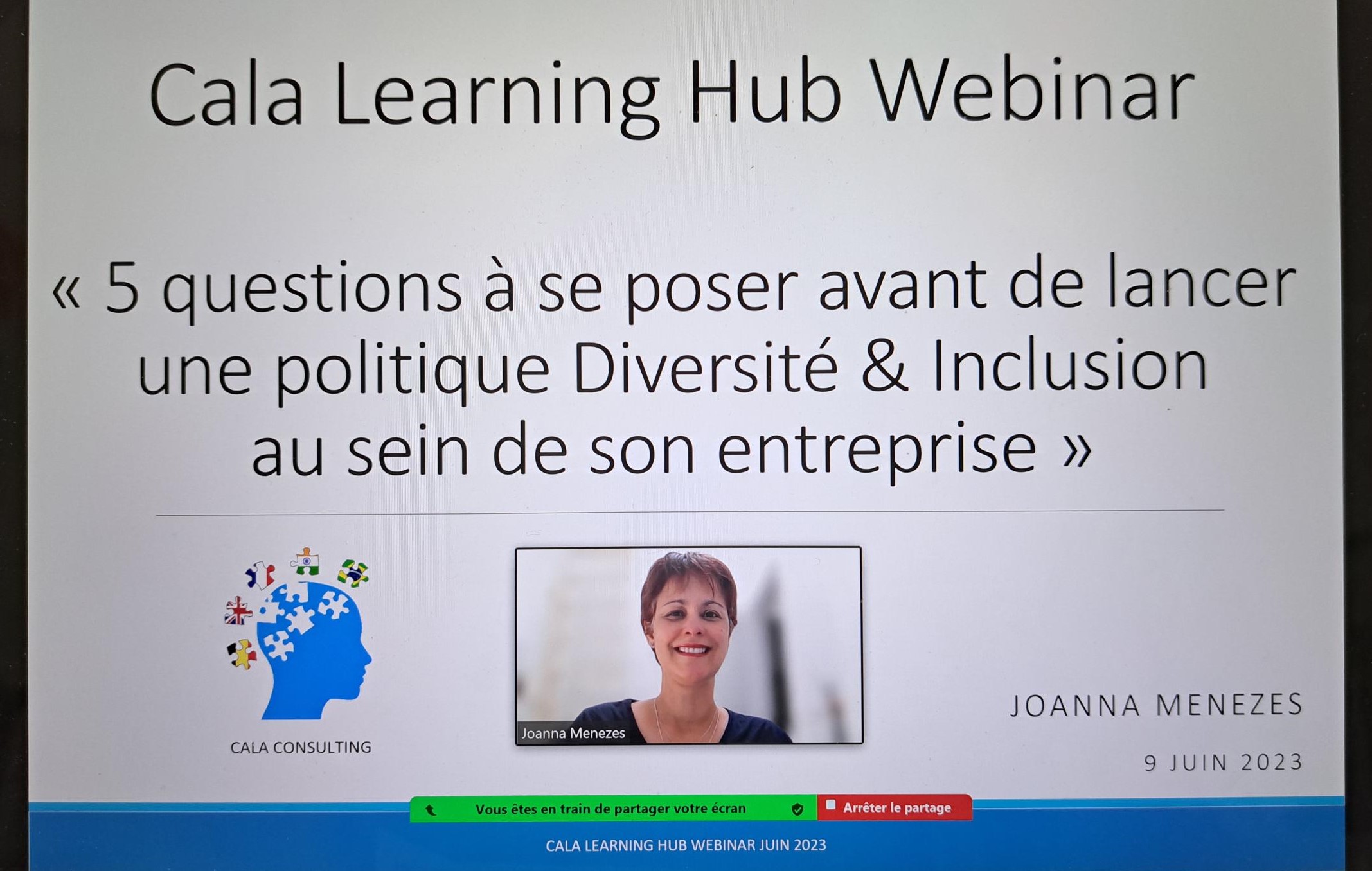
Blog article written by par Laure Blancard : https://www.linkedin.com/in/laure-blancard/


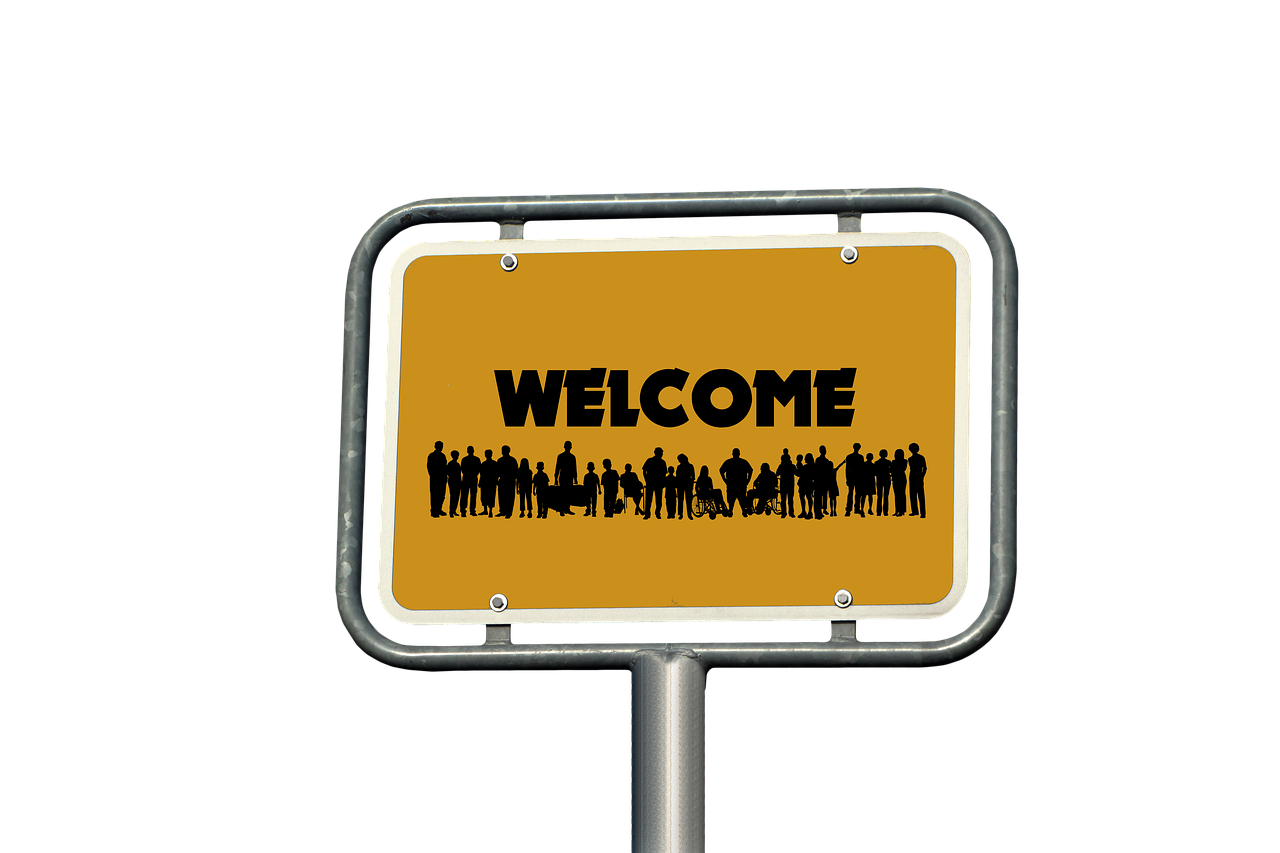
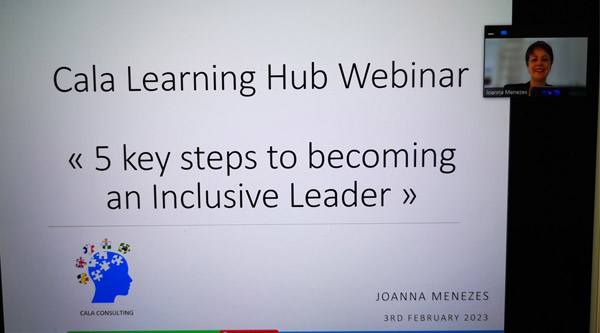
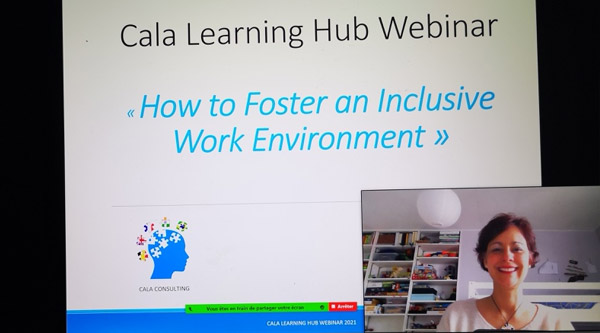
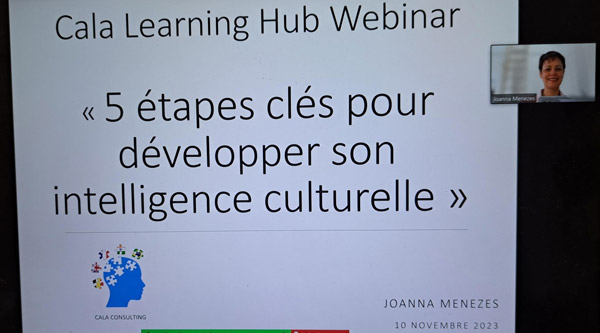
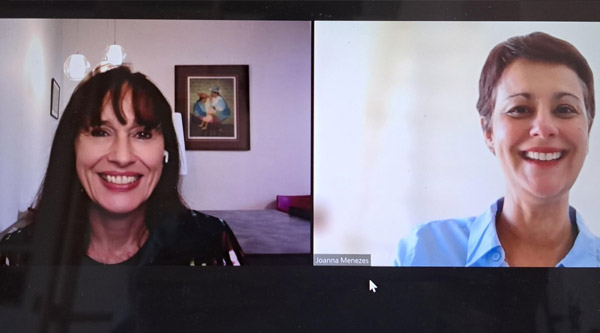
 Copyright © 2016 - 2025 - Cala Consulting
Copyright © 2016 - 2025 - Cala Consulting